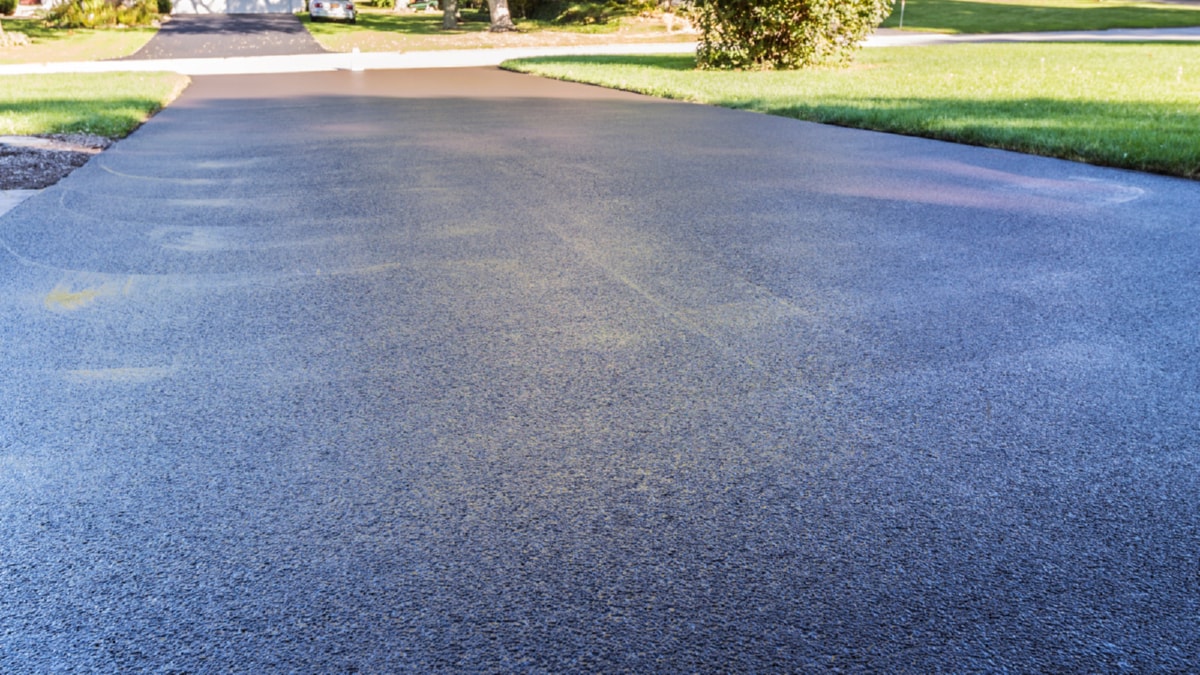As the global emphasis on sustainability grows, the construction industry is evolving to incorporate green building practices. These eco-friendly strategies aim to minimize environmental impact, maximize energy efficiency, and improve occupant health and comfort. Let’s take a closer look at the latest trends in this field, which are shaping the future of construction.
Firstly, the use of sustainable building materials has become increasingly popular. These materials are either sourced responsibly or consist of recycled content. Bamboo, for instance, is a rapidly renewable resource that is robust and versatile. It has been used for structural elements, flooring, and decorative features. Similarly, recycled steel and reclaimed wood are also being widely used in construction. These materials reduce the demand for virgin resources, thus minimizing deforestation and habitat destruction.
Next on the list is the trend of energy-efficient buildings. This involves designing and constructing buildings to reduce the overall energy consumption, thereby lowering carbon emissions. One way of achieving this is through the use of renewable energy sources like solar power. Many new buildings are now equipped with solar panels to generate electricity and solar water heaters for hot water supply. Another aspect is the implementation of energy-efficient appliances and fixtures, such as LED lights, energy-star rated appliances, and high-efficiency HVAC systems.
Water conservation is another key trend in green building practices. This involves the use of water-efficient fixtures, rainwater harvesting systems, and greywater recycling systems. These practices not only conserve water but also reduce the demand on municipal water supply and wastewater treatment facilities.
The indoor environmental quality is also a significant aspect of green building practices. This involves designing and constructing buildings that provide a healthy and comfortable indoor environment. Use of materials that emit low or no volatile organic compounds (VOCs), adequate ventilation, and access to daylight and views are some of the strategies to enhance indoor environmental quality.
The concept of green roofs and walls is also gaining traction. These living structures can provide insulation, reduce heat island effect, and improve air quality, all while creating visually appealing spaces.
Lastly, the trend of building certification programs like LEED (Leadership in Energy and Environmental Design) and BREEAM (Building Research Establishment Environmental Assessment Method) is on the rise. These programs provide a framework for assessing building sustainability and provide recognition for their green efforts.
In conclusion, the green building practices are an essential part of the construction industry’s response to the global call for sustainability. By adopting these practices, we can create buildings that are not just functional and aesthetically pleasing, but also environmentally responsible and beneficial to their occupants’ health and wellbeing. The latest trends in green building practices are a testament to the industry’s commitment to sustainability and a promising indication of what the future of construction holds.
For more details, check best masonry services or visit their business listing here.



